Magnetic Drum Separator: Dry drum separators have been developed mainly for dry separation of ferromagnetic ores with particle sizes finer than 20 mm. In addition to this conventional application, the dry drum separator has found a wide range of other applications such as:
- Iron and steel slag treatment
- Reduced pyrite ash separation
- Calcined ilmenite production
- Metal powder production
- Supergrade magnetic concentrate production
- Removal of ferromagnetic particles prior to high-intensity magnetic separation
- Control of iron contamination in glass sand production.
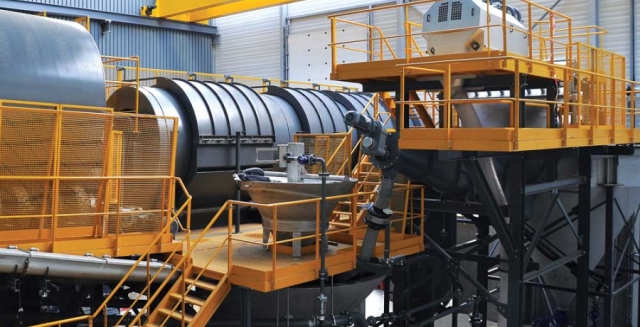
Drum separator
Magnetic Drum Separator: Principle of operation
As material reaches the drum, the magnetic field attracts and holds ferrous particles to the drum shell. As the drum revolves, it carries the material through the stationary magnetic field.
The nonmagnetic material falls freely from the shell, while the magnetic particles are held firmly until they are carried out of the magnetic field.
Magnetic Drum Separator: Standard drum separator
For many years, Permanent Magnetic Drums have used ceramic or alnico magnet materials as their power source.
When built with designed circuits, these separators provide good magnetic fields for a nominal cost and effectively remove both tramp and fine iron contaminants in most applications.
They continue to be the magnets most frequently used to improve the product purity of dry bulk materials.
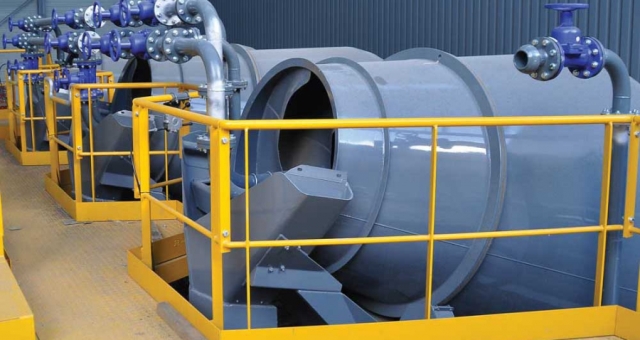
Drum type magnetic separator
Magnetic Drum Separator: Design magnetic Drum Separator
The dry drum separator consists of a stationary magnetic yoke with a number of permanent magnets placed inside a rotating drum of non-magnetic material.
The magnets have alternating polarity and are normally of strontium-ferrite. The revolving drum is made in two versions:
- for low speed, stainless steel with a replaceable wear cover of rubber, polyurethane or stainless steel and,
- for high speed, reinforced plastic with rubber or polyurethane wear protection.
The magnetic drum assembly is contained in a dustproof housing with an opening at the bottom for the discharge of both magnetic and non-magnetic products. These products are separated by means of a splitter placed under the drum inside of the housing. The whole unit can be dust vented by connecting the plant exhaust system to the outlet provided on the housing.
Parts of the housing exposed to wear are normally protected by replaceable rubber or steel wear plates. Inspection of the drum and housing is made through inspection hatches. The housing is easily dismantled for erection and maintenance.
The feed arrangement is dependant upon local conditions. For run-of-mine fines, a belt feeder is recommended. For other materials, a vibrating feeder, (or in the case of dusty material, completely covered drum feeders) can be used. The housing is equipped with a standard replaceable feed chute.
To meet the various requirements the separators are manufactured with two different drum diameters; i.e. 916 and 1200 mm and drum lengths from 300 mm to 3000 mm in. The separator design allows for an easy combination of drums into double- or triple- drum units.
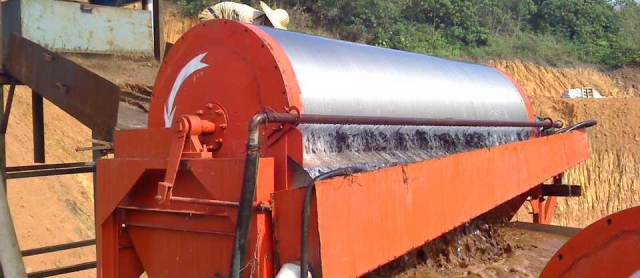
Magnetic drum separator
Magnetic Drum Separator Application
Magnetic drum separators have a wide range of applications. They are used in free-fall chutes or after a vibratory chute for powders (even fine powders), granulates, fibers and coarser product streams (non-sticky). They continuously and fully automatically separate ferromagnetic (Fe) particles, such as iron and steel.
If the material is supplied via a vibratory chute, it is possible to separate weakly magnetic particles, such as particles from machined stainless steel, and even paramagnetic particles. Due to the continuous cleaning, the drum magnet is very suitable for product flows with heavy magnetic particle contamination.
Applications:
- prevention of ferromagnetic or paramagnetic contamination in your finished product;
- prevention of avoidable damage to machines (injection-molding machines, extruders, mixers, grinders, and other equipment).
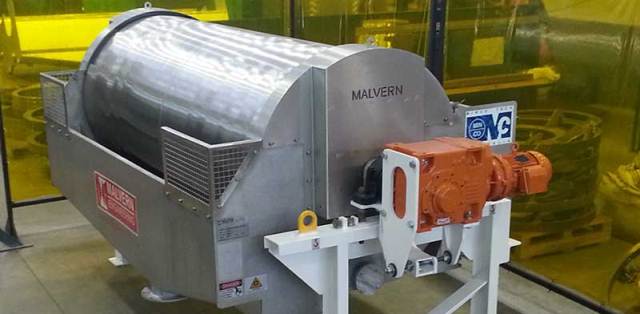
Types of Magnetic drum separator
- The standard magnetic drum separator is suitable for coarser raw materials in the plastics and ceramics industries.
- The food/pharma drum magnets have been specifically developed for the food and pharma industries. They have a small capacity yet filter smaller Fe (and even weak magnetic) particles out of a product stream.
- The LenaStar even filters out paramagnetic particles such as stones, mud, insect excrement, etc. from your dried raw materials (e.g. tea, spices).
Advantages of Magnetic Drum Separator
- multiple designs, tailor-made to the application
- high magnetic forces
- high availability
- low maintenance cost
- various applications in recycling and scrap industry
Magnetic separator machine
Magnetic Drum Separator:Classification Schemes of Magnetic Separators
Various classification schemes exist by which magnetic separators can be subdivided into categories. The most illustrative classification is according to the magnitude of the magnetic field and its gradient.
- Low-intensity magnetic separators (LIMS). They are used primarily for the manipulation of ferromagnetic materials or paramagnetic of high magnetic susceptibility and/or of large particle size. These separators can operate either in dry or wet modes. Suspended magnets, magnetic pulleys, and magnetic drums are examples of these separators.
- High-intensity magnetic separators. They are used for the treatment of weakly magnetic materials, coarse or fine, in wet or dry modes. Induced magnetic rolls (IMR), permanent magnet rolls and drums, magnetic filters, open-gradient (OGMS) and wet high-intensity magnetic separators (WHIMS) are examples of this class of separators.
- High-gradient magnetic separators (HGMS). These separators are used to treat very fine, feebly magnetic materials. A superconducting HGMS machine is shown in the next Figure:
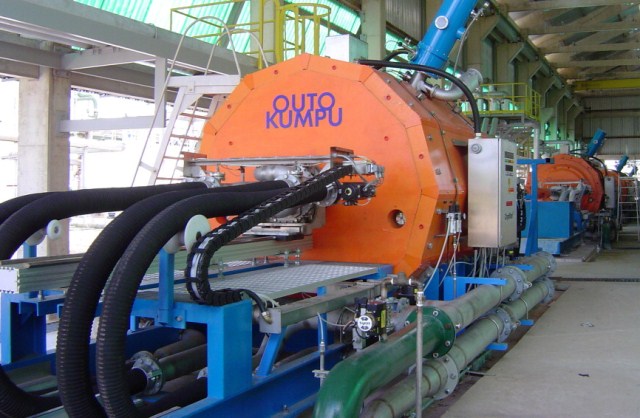
Magnetic separation equipment
Magnetic Drum Separator: Magnets are also used in numerous special applications of material handling:
- Separators with magnetic fluids, in which materials are separated mainly on the basis of their density.
- Eddy-current separators for separation of nonferrous metals
- Dense-medium separators, in which a magnet is used to control magnetic heavy medium.
- Demagnetizing coils and magnetic flocculators.
Magnetic Drum Separator: Selection of Magnetic Separation Technique
As has been shown above, there are numerous types of magnetic separators, each one being suitable for only a limited range of applications. The choice is influenced by a variety of factors, and the successful operation of a separator depends, to a great extent, on practical experience. The particle size and magnetic properties of the material to be treated are the most important variables that determine the selection of the magnetic separation technique and the general guidelines of the process selection based on these properties are shown in Figure.
What is a magnetic drum separator?
Magnetic drum separators have a wide range of applications. They are used in free-fall chutes or after a vibratory chute for powders (even fine powders), granulates, fibers and coarser product streams (non-sticky). They continuously and fully automatically separate ferromagnetic (Fe) particles, such as iron and steel.
Magnetic separation is a process in which magnetically susceptible material is extracted from a mixture using a magnetic force. This separation technique can be useful in mining iron as it is attracted to a magnet.
Magnetic filtration is the most effective means of removing problem ferrous particles from industrial fluids such as coolants, lubricants and wash solutions. All the benefits of Magnetic filters are based on their ability to remove 100% of ferrous particles including sub-micron particles from the process.
This method of separation is used when either the ore particles or the gangue associated with it possess magnetic properties. For example, chromite Fe(CrO2)2 being magnetic can be separated from the non-magnetic silicious gangue by magnetic separation.
The most read

Forklift Magnet
Forklift magnetic sweepers, with releasable magnets, will make picking up metal debris a breeze.
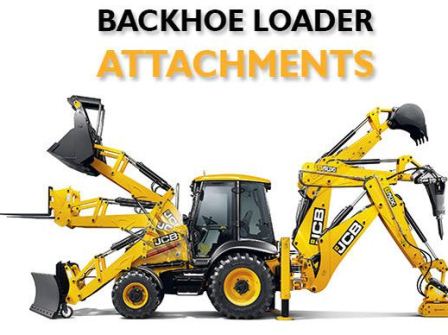
Backhoe Bucket Attachment
The backhoe is the main tool of the backhoe loader. It’s used to dig up hard, compact material, usually earth, or to lift heavy loads, such as a sewer box.
